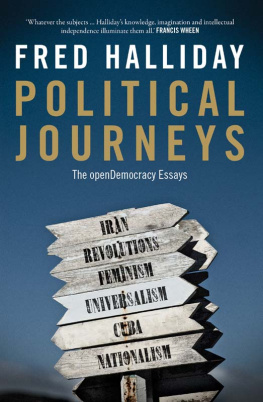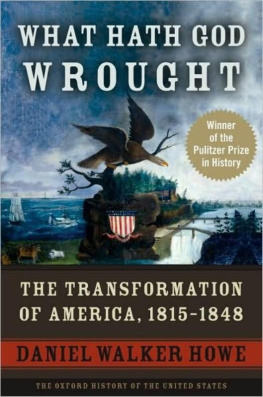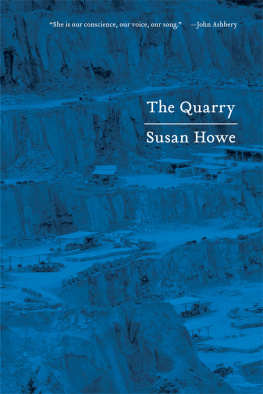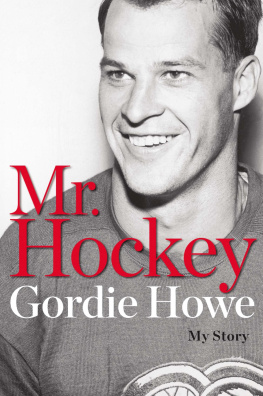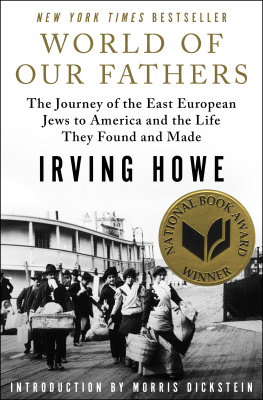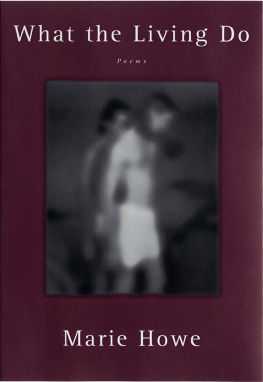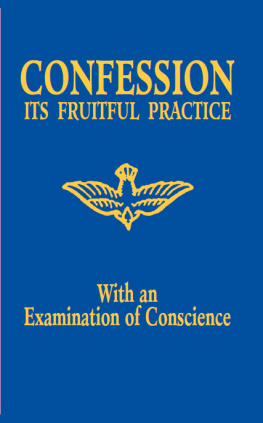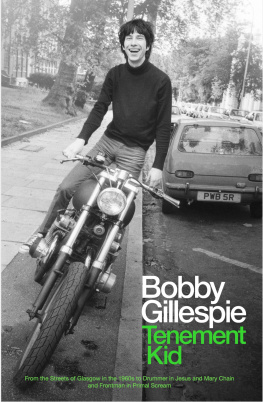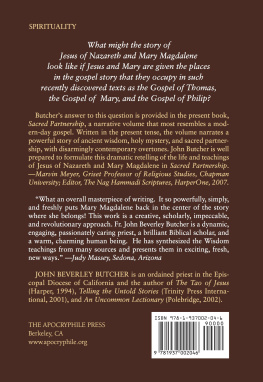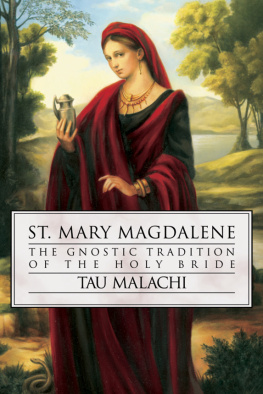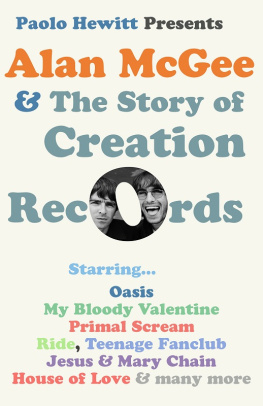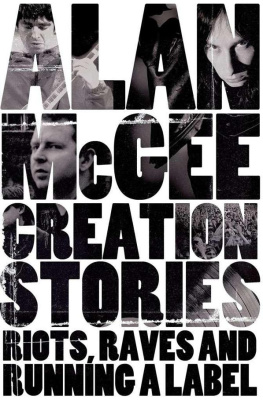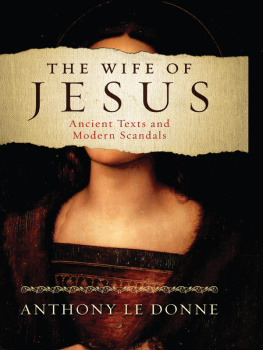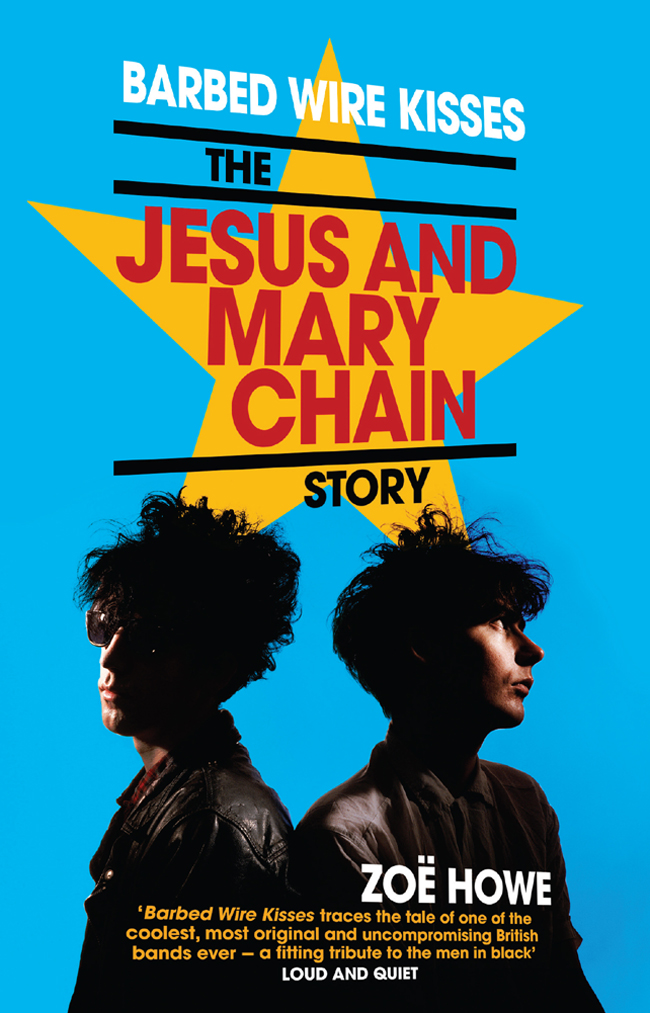Praise for Barbed Wire Kisses and Zo Howe:
A great book. Really funny and honest ALAN McGEE
Genuinely great NEIL TAYLOR (formerly NME)
Howe does a fantastic job at unveiling a band that have been, up until now, shrouded in mystery THE QUIETUS
Zo Howe is one of our favourite music writers a great writer who is in love with rocknroll and one who can make the essence and magic of the dark stuff seem so alive JOHN ROBB, LOUDER THAN WAR
Fucking brilliant. Get it read, people
STUART BRAITHWAITE, MOGWAI
Suitably candid and diligently researched biography... engaging throughout. **** RECORD COLLECTOR
Her interviewees trust her, and so they should
GLENN AIREY, LOUDER THAN WAR
A touching story of kids in the music business... A cut above the usual THE SCOTSMAN
One of the UKs great biographers DR SIMON WARNER
One of the best and funniest books Ive read about music
SEAT IN THE STALLS
A stunning reinvention of the rock memoir format. Zo Howe bottles Wilkos lightning DAVE COLLINS, VIVE LE ROCK, ON WILKO JOHNSON: LOOKING BACK AT ME
Brit-rock book of the year GAVIN MARTIN ON TYPICAL GIRLS? THE STORY OF THE SLITS
A Note on the Author
Zo Howes books include Typical Girls? The Story of the Slits, Stevie Nicks Visions, Dreams and Rumours and Hows Your Dad?: Living in the Shadow of a Rock Star Parent. She co-authored and collated Dr Feelgood guitarist Wilko Johnsons memoir Looking Back at Me (Cadiz Music, 2012) and contributed to the Eel Pie Island book British Beat Explosion: RocknRoll Island (Aurora Metro, 2013). Lee BrilleauxRoadrunner: The Adventures of a RocknRoll Gentleman will be published by Polygon in autumn 2015.
Zos journalism has appeared in The Quietus, Company Magazine, Notion, BBC Music, Holy Moly, Classic Rock, The Blues Magazine and NME, and she has made music radio series for stations including Resonance FM. Zo can be heard talking about rocknroll from time to time on BBC 6 Music, BBC London, Absolute Radio, E4 and Planet Rock. She lives in Essex with her husband Dylan. She also plays the drums.
First published in Great Britain in 2014 by Polygon, an imprint of Birlinn Ltd.
This paperback edition published in 2015 by Polygon
Birlinn Ltd
West Newington House
10 Newington Road
Edinburgh
EH9 1QS
www.polygonbooks.co.uk
Copyright Zo Howe 2015
The moral right of the author has been asserted.
ISBN 978 1 84697 331 4
eBook ISBN 978 0 85790 665 6
All rights reserved. No part of this publication may be reproduced, stored, or transmitted in any form, or by any means electronic, mechanical or photocopying, recording or otherwise, without the express written permission of the publisher.
All efforts have been made to trace copyright holders. If any omissions have been made, the publisher will be happy to rectify these in future editions.
British Library Cataloguing-in-Publication Data
A catalogue record for this book is available on request from the British Library.
Typeset in Sabon by Hewer Text UK Ltd, Edinburgh
Contents
Preface
The Jesus and Mary Chain have always been a contradiction shy, yet anchored by total belief; gently spoken, yet famous for playing the kind of gigs that would leave you deaf for a week even if they only lasted for twenty minutes (or until we got booed, according to William Reid). They created their own genre, born of a cocktail of psychotic noise, Spector rhythms and dark lyrics, delivered via a visual explosion of smoke, leather, big hair, Ray-Bans, silhouettes and searchlights. They took the glittering jewel of pop and casually lifted it up, revealing the darkness underneath. The fractious sound of The Jesus and Mary Chain also reflected a time of significant social tension in the UK, a time of pickets and riots, conflict and change. They were past, present and future rolled into one.
Brothers William and Jim Reid, the core of The Jesus and Mary Chain, seemed to conjure sonic otherworlds inhabited by the ghosts of 1960s pop, swaying beneath layers of powerful feedback and soft, obsessive mutterings. The Mary Chains debut album Psychocandy, is a perfect example of this, and the dreamlike slice of doomed youth, underpinned with fractured sensitivity and subtle black humour, is now hailed as one of the greatest pop LPs of the 1980s While the considerable mystique of The Jesus and Mary Chain has always been a huge part of their appeal, the time is right to hear their story and to reconsider an impressive canon of work.
It has been a genuine pleasure to work with the Mary Chain, and to gather so many memories and perspectives for this long-overdue chronicle of their career. Every contributor has been kinder and more helpful than I could have anticipated, and its a privilege to present their story. When I was about to start working on this book, one question that kept coming up from various people (including Alan McGee) was: Are you sure they can remember anything? Fortunately for me, and you, they could. Or, at least, theyve respectively made up some very convincing anecdotes, some of which even match up with each other.
I first met Jim Reid and Douglas Hart at the Artrocker awards in 2011, where they were collecting an award for the reissue of Psychocandy. That was, of course, the main reason I went: to see one of the groups who had sound-tracked my formative years be publicly paid due respect. I already knew Mary Chain/Black Box Recorder guitarist John Moore (who, apropos of nothing, once attempted to teach me to play the musical saw), and through John I had met the Mary Chains then bass player, and now guitarist, Philip King. But that freezing November day in East London marked my first brief meeting with Jim, who, alongside John, was a touch hungover, speaking in what Smash Hits referred to as the famous spooky whisper and concerned largely with the whereabouts of drinkies. Douglas Hart, who towered over me (as most people do), seemed more immediately open to an initial broaching of the book idea under circumstances that were admittedly better suited to... well, locating drinkies.
Cut to today and, after an eventful and industrious two years of persuasion, persistence, anecdotes and characters (and alcohol), The Jesus and Mary Chains biography has finally burst into tangible life, and within these pages is the rich, revealing and absorbing account of the band, thanks to Jim Reid, Douglas Hart, Bobby Gillespie, John Moore, Murray Dalglish, Alan McGee, Geoff Travis and as many former alumni and associates as I could get my hands on. William Reid, unfortunately, chose not to be involved.
On the cusp of the 1980s, before the Mary Chain existed, the Reid brothers found little acceptance in their hometown of East Kilbride, near Glasgow, preferring to stay in, or stroll through town in the middle of the night, rather than risk being targeted by gangs of neds (non-educated delinquents). Not unusually for brothers, they didnt even really want to associate with each other until their late teens, when they found common ground in their love of glam-rock and punk. They actively hated each other when they were at school according to William, who was older and didnt want to hang around with his little brother; by the time Jim reached sixteen he still only looked about ten anyway. That was quite embarrassing, admitted Jim. Nobody really wanted to talk to me. But the energy of punk, and particularly proto-punk groups such as The Stooges and The Velvet Underground, would soon unite them, motivating them (despite initial outward appearances) to create their own future, a future of making music with integrity, on their own terms. This would provide their escape and ultimately change their lives. All in good time.


